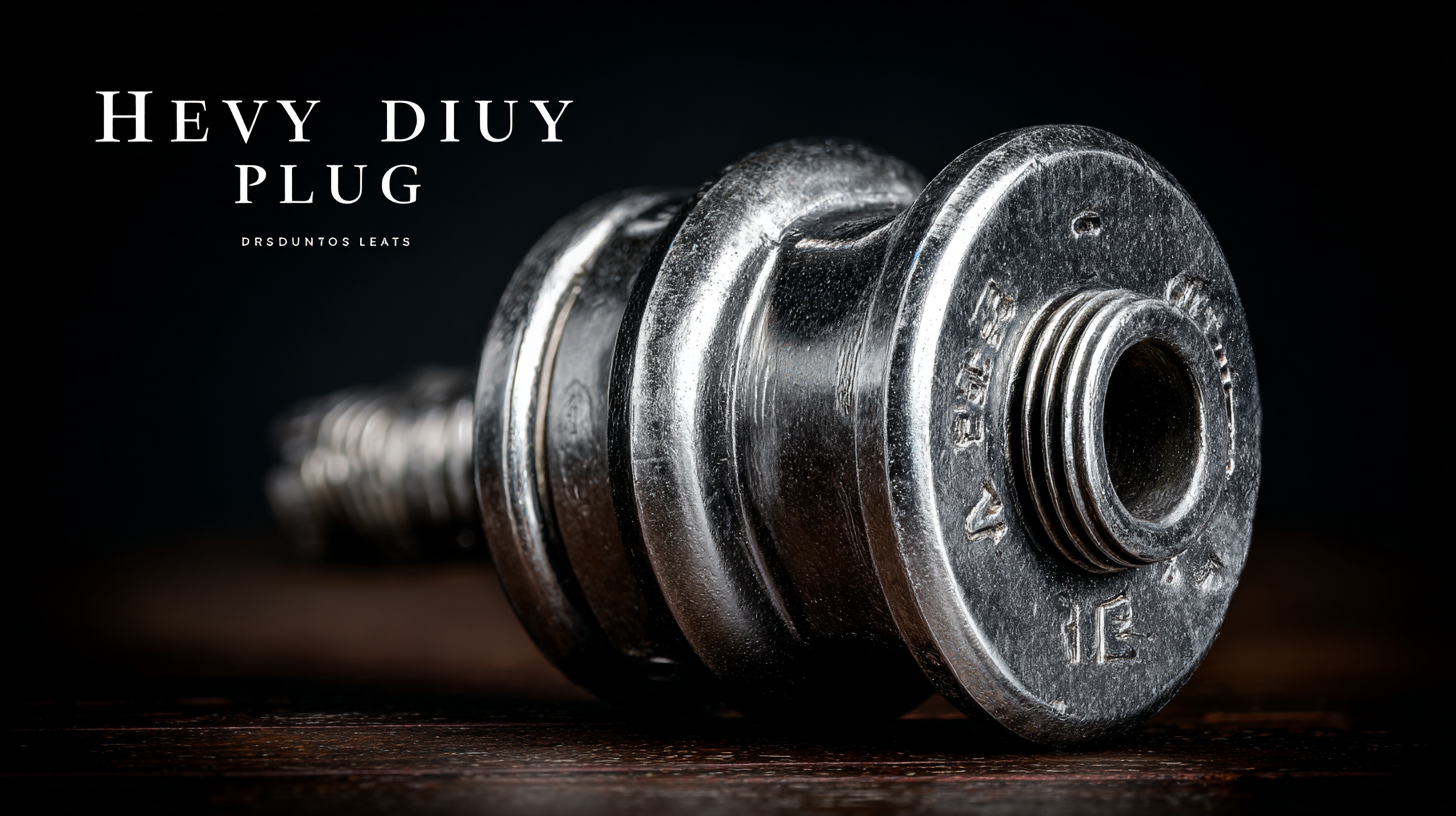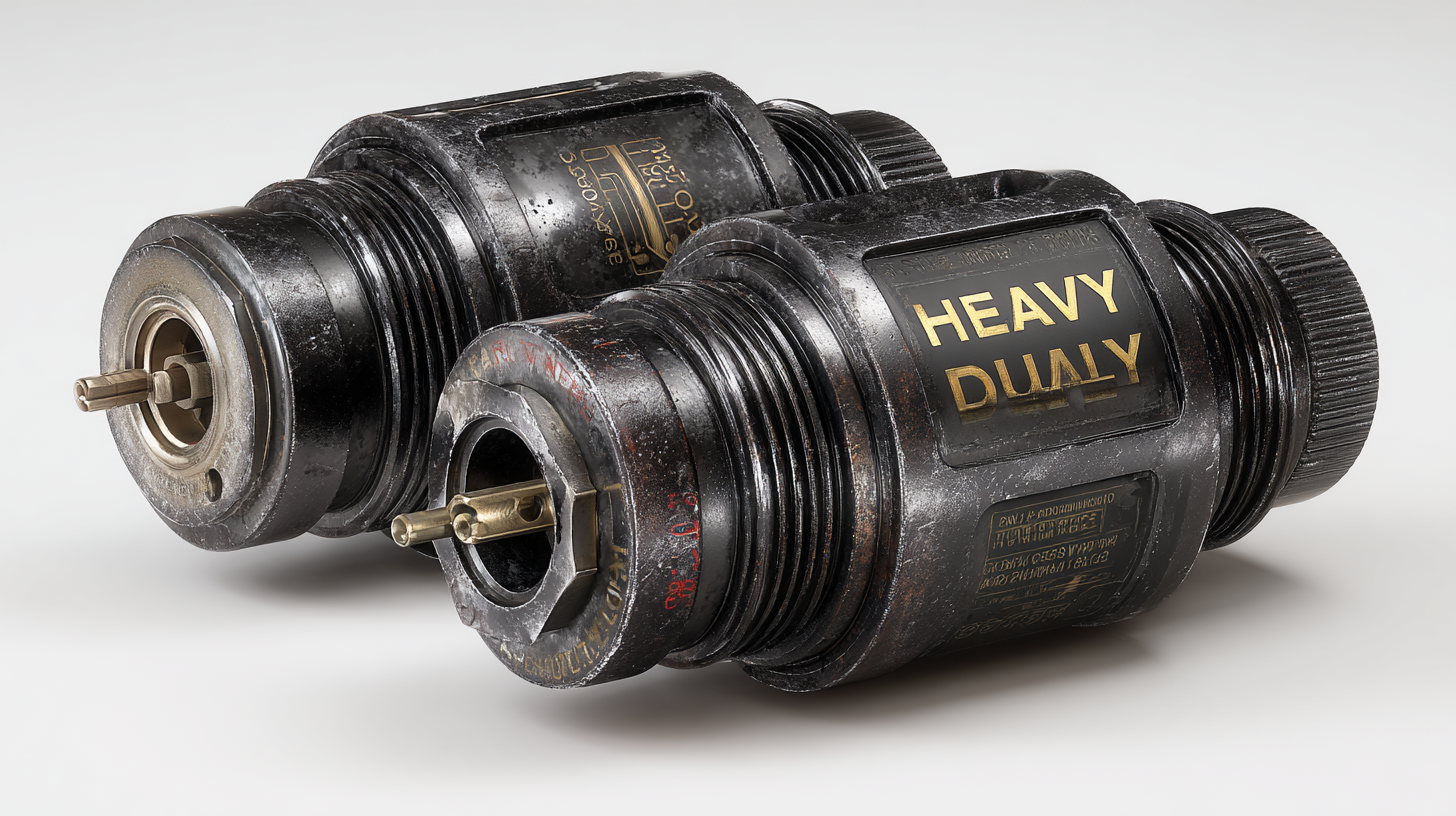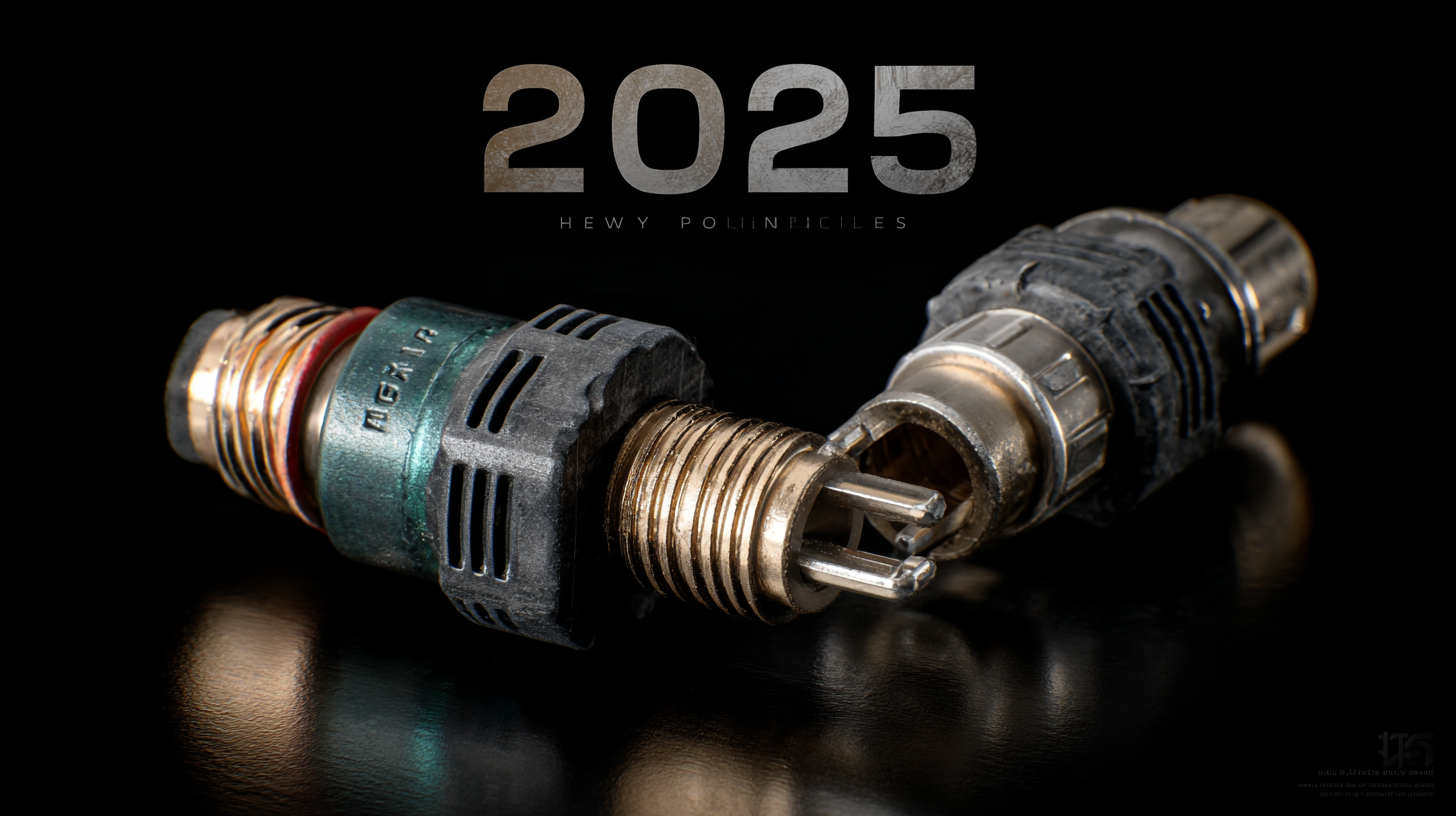
As industries evolve, so do the requirements for efficient and reliable power solutions, particularly in high-demand environments. The Heavy Duty Industrial Plug market is projected to witness significant growth, with a recent report from Research and Markets estimating a CAGR of 6.9% from 2020 to 2025. This growth can be attributed to the increasing automation and process efficiency across various sectors, including manufacturing, construction, and energy. Heavy Duty Industrial Plugs are specifically designed to withstand harsh conditions, providing enhanced durability and safety compared to standard options.

This blog delves into the key trends shaping the Heavy Duty Industrial Plug industry, explores the challenges associated with conventional plug types, and highlights the advantages that heavy-duty options offer, thereby illuminating why they are becoming indispensable in modern industrial applications.
 Heavy duty industrial plugs are essential components in various sectors, especially where high power and robust durability are required. These plugs are designed to withstand extreme environmental conditions, ensuring reliable performance. Key specifications typically include high voltage ratings, heavy-duty materials such as thermoplastic or rubber, and water and dust resistance. The ability to handle high amperage is also crucial, as industrial applications often demand more power than standard plugs can provide.
Heavy duty industrial plugs are essential components in various sectors, especially where high power and robust durability are required. These plugs are designed to withstand extreme environmental conditions, ensuring reliable performance. Key specifications typically include high voltage ratings, heavy-duty materials such as thermoplastic or rubber, and water and dust resistance. The ability to handle high amperage is also crucial, as industrial applications often demand more power than standard plugs can provide.
In terms of uses, heavy duty plugs are commonly utilized in manufacturing plants, construction sites, and outdoor events. They facilitate connections for large machinery, generators, and other high-power equipment, ensuring safe and efficient operations. Unlike standard options, which may suffice for residential or low-power applications, these plugs offer enhanced safety features, including locking mechanisms to prevent accidental disconnections. Thus, their design not only prioritizes functionality but also the safety of personnel and equipment in demanding environments.
When comparing heavy duty industrial plugs to standard options, performance becomes a critical focal point, especially in demanding environments. Heavy duty plugs are designed to withstand extreme conditions, including intense vibrations, high temperatures, and exposure to harsh chemicals. These features make them ideal for applications in
construction, manufacturing, and mining, where reliability is paramount.
Standard plugs, while suitable for lighter applications, often fall short in these rigorous scenarios, presenting a risk of failure and downtime.
Another vital aspect is the power capacity of these plugs. Heavy duty industrial plugs typically support higher amperage ratings, allowing them to handle larger loads without overheating or causing system failures. This capability is essential for heavy machinery and equipment that require significant power input. In contrast, standard plugs are generally limited in their amperage ratings, which can restrict their application in industrial settings. Therefore, when choosing between heavy duty and standard options, understanding the performance requirements of your specific application is crucial for ensuring operational efficiency and safety.

As we move towards 2025, the heavy-duty industrial plug market is poised for significant economic transformation. According to the Global Industrial Plugs and Sockets Market report, the sector is expected to grow at a compound annual growth rate (CAGR) of 6.5% from 2023 to 2028, driven largely by advancements in technology and increasing demand for robust, efficient electrical connections in harsh environments. Heavy-duty industrial plugs, designed to withstand extreme conditions, offer superior durability and reliability compared to standard options, making them an economically sound choice for businesses aiming to minimize downtime and maintenance costs.
The economic impact of utilizing heavy-duty industrial plugs is evident when analyzing cost efficiency. A study from the International Electrical and Electronics Engineers (IEEE) indicates that industries report up to a 30% reduction in operational costs when switching from standard plugs to heavy-duty alternatives. This is attributed to factors such as decreased failure rates, lower repair expenses, and enhanced energy efficiency. Moreover, as industries increasingly focus on sustainability, heavy-duty plugs provide a pathway to reducing energy consumption, aligning financial savings with environmental responsibility—an essential consideration for modern industrial enterprises looking to thrive in the evolving economic landscape.
This chart illustrates the projected cost efficiency of Heavy Duty Industrial Plugs compared to Standard Options in 2025. Heavy Duty Industrial Plugs are anticipated to provide a significantly higher cost efficiency of 25%, compared to 15% for Standard Options, indicating a growing economic impact in the industrial sector.
In 2025, the landscape of heavy-duty industrial plugs is evolving, particularly concerning safety standards and compliance in various industrial applications. With the increasing focus on workplace safety, manufacturers are enhancing their products to meet rigorous regulatory requirements. According to a recent report from the Industrial Standards Institute, over 70% of industrial accidents are linked to improper equipment use, highlighting the importance of adhering to safety standards, especially when choosing electrical connectors for challenging environments.
Heavy-duty plugs are often subjected to intense conditions, from extreme temperatures to exposure to corrosive substances. These plugs are designed not only to withstand such challenges but also to comply with the latest IEC and UL standards. For instance, utilizing plugs rated for IP67 or higher ensures that equipment remains operational even in harsh environments. As industries prioritize safety, compliance with these standards becomes crucial for minimizing risk and maximizing operational efficiency.
**Tip:** Before selecting heavy-duty plugs, consider the environmental conditions they will be exposed to. Ensuring that your plugs are rated for the specific environmental factors in your workplace can dramatically reduce the risk of failures.
**Tip:** Regularly audit your heavy-duty plugs' compliance with current safety standards. This proactive approach not only safeguards your equipment but also fosters a culture of safety in your organization.
The landscape of heavy-duty industrial connectors is undergoing significant transformation, driven by emerging technologies and innovation. One of the most promising advancements is the integration of smart technologies into industrial connectors. This trend not only enhances connectivity but also allows for real-time data monitoring and diagnostics. As industries increasingly rely on automation and IoT, heavy-duty plugs equipped with smart capabilities are becoming essential for ensuring efficient operations and minimizing downtime.
Another notable development is the move towards sustainable materials and eco-friendly design in the manufacturing of heavy-duty industrial connectors. With growing environmental concerns, companies are turning to biodegradable and recyclable materials for their products. These innovations not only reduce the carbon footprint of the manufacturing process but also appeal to businesses seeking to improve their sustainability profiles. Additionally, the application of modular designs in heavy-duty connectors offers flexibility and adaptability, catering to diverse industrial needs while promoting ease of maintenance and upgrade.
Overall, the future of heavy-duty industrial connectors looks promising, with technology and sustainability leading the charge for comprehensive solutions that align with modern industrial demands.
